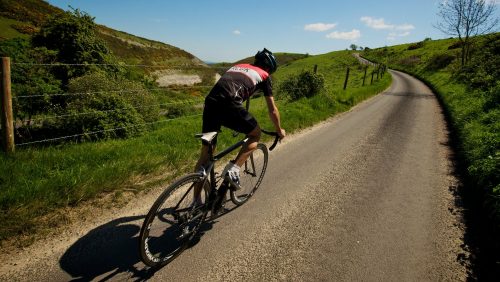Biking in the Rain
Rain is going to happen – that doesn’t always mean you have to stay indoors and skip your ride.
And what do you do if you’re bike camping or in the middle of on a long tour and it starts to rain? Following the right steps and tips can make … Read More
















